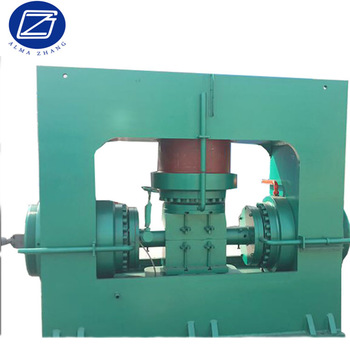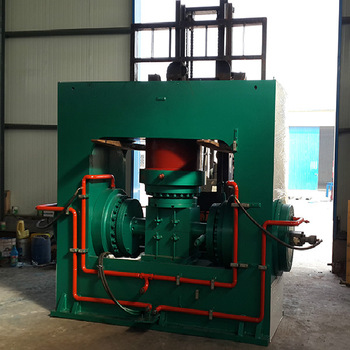Recently, Professor Wu Hengan from the School of Engineering Science of the University of Science and Technology of China, during his overseas study, collaborated with Professor André Heim of the University of Manchester in the United Kingdom to publish important research results. They used graphene oxide to make a new gas barrier material. The magic of this material is that most of the liquid and gas can't pass through it, but the water vapor can be unobstructed. The research results were published in the "Science" magazine published on January 27, which caused great repercussions and was reported by the BBC, Science Daily and other media. Graphene was originally a two-dimensional crystal composed of carbon atoms which was peeled off from the graphite material. It has only one layer of carbon atoms and is the thinnest material in the world. Andrei Heim and Konstantin Novoselov made the world's first graphene in the world in 2004 and discovered some of the novelty of physical properties of graphene, and thus jointly won the 2010 Nobel Prize in Physics. Professor Wu Hengan's research team processed graphene into graphene oxide to make a film that is only a few percent thicker than a hair, but with good strength and toughness. Miraculously, this film has a special gas barrier property. In the experiment, most of the gas and liquid encapsulated by this film could not escape, showing good sealing, and only water could evaporate as usual. They did an interesting experiment, using this film to seal a bottle of vodka, and as the water evaporates, the wine tastes stronger. The first author, Nair, said that the unique gas-permeable nature makes this new material possible to have broad application prospects. Professor Wu Hengan's main contribution in this work was to find out the water permeability mechanism of the material by theoretical analysis and molecular simulation, which gave a reasonable explanation for the original experimental results and was confirmed by further experimental results. Professor Wu Hengan is the second author of the paper, and China University of Science and Technology is the third signatory of the paper. In the acknowledgment of the paper, I specifically mentioned "thanks to the support of the Chinese University of Science and Technology's young backbone teachers for overseas study programs." In recent years, while the University of Science and Technology of China has focused on introducing outstanding young scholars from overseas, it has strengthened the training of young backbone teachers in schools. Since 2009, the “Young People’s Out-of-Home Training Program†has been implemented, aiming at building the needs of world-class research universities and accelerating the cultivation of a high-level, internationalized vision of young teachers. In 2010, China University of Science and Technology and the China Scholarship Council signed a cooperation agreement to jointly train young backbone teachers, which expanded the channels for selection and increased the number of elected people.
Cold Forming Tee Machine :
Cold Forming Elbow Machine is mainly produce Carbon Steel Tee , stainless steel tee and ally
steel tee. Tee cold forming machine belongs to cold process ( hydraulic
propulsion ) which can produce size from
1/2 inch -24 inch and thickness upto 25mm. The max system pressure : 31.5 Mpa
and the steady working pressure is 25 Mpa.
Adavantage of Hydraulic Tee Cold Forming
Machine :
1. The one set
mould can produce different thickness tee .
2. Power consumption is low .
3. Machine
work occupation is small
4. It can
produce both Seamless Tee and ERW tee
Butt Welding Tee Machine photo :


Cold Forming Tee Machine
Cold Forming Tee Machine,Hydraulic Tee Cold Forming Machine,Welded Tee Cold Making Machine,Seamless Tee Machine
Dongguang Huawei Hydraulic Pipe Fitting Machinery Co., Ltd , http://www.pipefittingmachine.com

